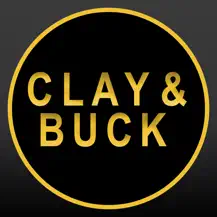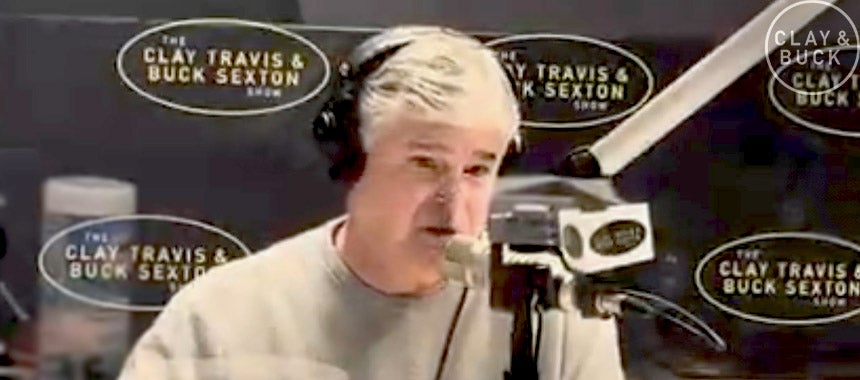Casey Mulligan Brings the Covid Data: The Best States
11 Apr 2022
CLAY: We’ve been talking about a fantastic study. In fact, we opened the show a couple of hours ago discussing an analysis that had been done of the health-related issues, schooling for children, and the economic impact of shutdowns, lockdowns, whatever you want to classify them as. And one of the authors, one of the three authors of that study is University of Chicago economist Casey Mulligan, and he joins us now.
Fantastic work that you guys did, Casey. Sort of take us into the methodology, how long did you spend putting together all of this data, and what were your overall conclusions for people who may not have read the study? It’s up at ClayandBuck.com. You can read it in the Wall Street Journal. It’s up at OutKick. It’s all over the place. It’s spreading like crazy. Congratulations on the work. Take us into your methodology.
 MULLIGAN: Yeah. We wanted to look at each of the states independently because we had kind of a federal system where governors and even mayors had a lot of say so instead of the federal government directing so we thought we could learn by comparing the different states, also the District of Columbia; so we had 51.
MULLIGAN: Yeah. We wanted to look at each of the states independently because we had kind of a federal system where governors and even mayors had a lot of say so instead of the federal government directing so we thought we could learn by comparing the different states, also the District of Columbia; so we had 51.
And we looked at — measured their mortality from covid and, generally, we measured their economic activity by their GDP and their unemployment rate, and then we measured schooling, which was how many of the public schools were open.
And, interestingly, there was really no relationship between having a vibrant economy and having lots of deaths. People thought maybe that, if you let your economy be open like maybe Florida did, you would get extra deaths from that. Doesn’t really bear out really at all.
One exception being Hawaii. Of course, it’s an island, unlike our other states. They really did isolate. Their economy’s in bad shape, even as we speak. But their mortality’s been a lot lower. So Hawaii was able to — they gave a lot, but they were able to get something. But otherwise these states, typical blue states, they gave up a lot of economic activity, didn’t get better health for it.
BUCK: So can you tell me this one. How are, I should say, people coming at your study, Casey? What are they saying? I always find it useful in these moments to look for what the critiques are so we know we can know what your response would be, right? I mentioned before just from a quick read, state by — this isn’t a critique of the study by state by state.
You always will hear people say, well, you know, South Dakota has a per square resident level approaching, you know, Polynesia, right? It’s not a very well populated place so it’s not fair to compare New York City to South Dakota. But that’s just more of a state than state and you do it with all the different places you do. What are the criticisms of the study and what are your responses to them? As you know, this is a very contentious topic.
MULLIGAN: You raised what I think is the number-one concern, which would be the population density that you have states, and they also tend to be blue, where the population’s densely packed in there — New York, New Jersey — and would seem that the disease would spread quickly. And we agree that the disease would tend to spread quickly at first.
 But we measured everything over two years; so the virus had plenty of time to make it to rural areas. In fact, it did. In fact, we’re not the first ones to find this. Scholars of disease have always had trouble finding cities to do worse, at least in the modern era for cities to do worse. They do at first, but it was mainly an issue of timing. The rural areas to understand to get these diseases, just at a later point in time, and we have the luxury now two years out of looking at that.
But we measured everything over two years; so the virus had plenty of time to make it to rural areas. In fact, it did. In fact, we’re not the first ones to find this. Scholars of disease have always had trouble finding cities to do worse, at least in the modern era for cities to do worse. They do at first, but it was mainly an issue of timing. The rural areas to understand to get these diseases, just at a later point in time, and we have the luxury now two years out of looking at that.
CLAY: We’re talking to University of Chicago economist Casey Mulligan who wrote a fantastic — one of the coauthors — of a fantastic study getting a lot of attention today across the media landscape. All right.
So, Casey, based upon the data that you have seen, both health, schooling for children, and also overall economic impact, we were fortunate to have effectively, thanks to federalism — shout-out — shout-out to the Founders back in the day who recognized the value of federalism. And this is one of the greatest, I can imagine, laboratories that we’ve ever had for federalism, as you mentioned, 51 different localities if you count Washington, D.C., all implementing some version of different policies as it pertains to covid.
Casey, if you, based on the data that you’ve had looked at, sort of like exhaustively studied here, what was the best response? This is one of the things that as we come out of covid, what did we learn from the way that we responded to it? What was the best possible decision that could have been made? What state and/or states did the best job, based on your data, in balancing all of these different competing equities?
MULLIGAN: Well, keeping schools open very clear now. I think it was pretty clear early on, but we all admit now that closing the schools didn’t help. Maybe even hurt.
CLAY: Yeah.
MULLIGAN: Disease may spread less in schools. This particular disease may spread less in the schools than it does say at home ’cause the kids have to go somewhere, of course. So, we just put a huge burden on kids and really no dividend from that at all. I think that’s pretty clear.
 You know, your top states in having schools open — Wyoming had all the public schools open for the full academic year that we looked at. Florida was very high on that. Arkansas also high. And your blue states were quite low. Hawaii was one of those that had their schools closed a lot, and think that makes no sense. I understand the idea of closing the islands from the rest of the world. But you got your island closed. Why can’t you have the schools open? There are no cases on your island, why do the kids need to stay at home?
You know, your top states in having schools open — Wyoming had all the public schools open for the full academic year that we looked at. Florida was very high on that. Arkansas also high. And your blue states were quite low. Hawaii was one of those that had their schools closed a lot, and think that makes no sense. I understand the idea of closing the islands from the rest of the world. But you got your island closed. Why can’t you have the schools open? There are no cases on your island, why do the kids need to stay at home?
BUCK: Very good question, Casey. And we’re gonna put a link up at ClayandBuck.com to your work, your Final Report Card on the States’ Response to Covid-19 by Phil Kerpen, Stephen Moore, and Casey B. Mulligan. That will be up at ClayandBuck.com shortly. We’ll put up the link, Casey, to your actual study so folks can see it themselves. I think it’s important that they have access to the primary source material in case they have some agitated lib neighbor who wants to say this isn’t even a thing. So, that’s a great way to get it out there. Thank you so much for being with us, Casey. We appreciate it.
MULLIGAN: My pleasure.
Recent Stories
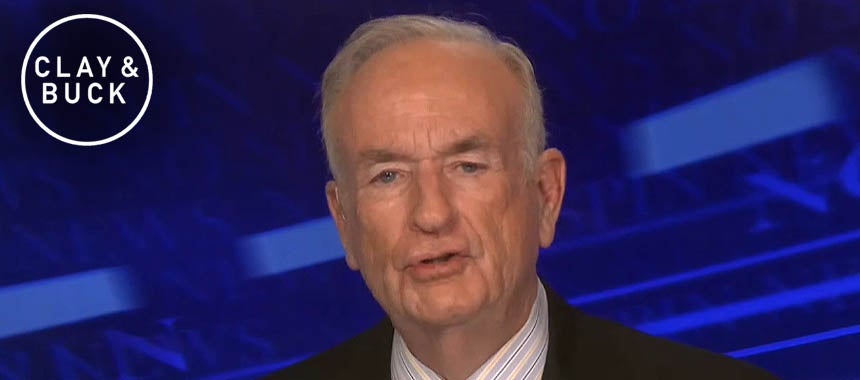
Bill O'Reilly Reveals His Recent Conversations with President Trump
And he also weighs in on the death of General Patton.
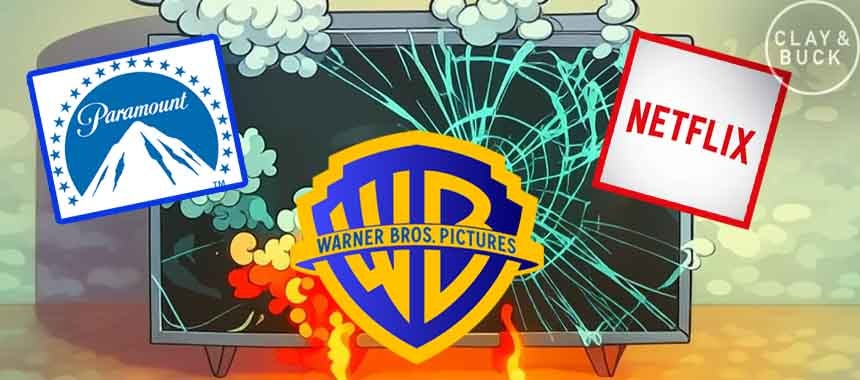
Netflix vs. Paramount Battle for Warner Bros -- Who Controls CNN & HBO Next?
A fascinating discussion on why the future of Warner Bros matters.
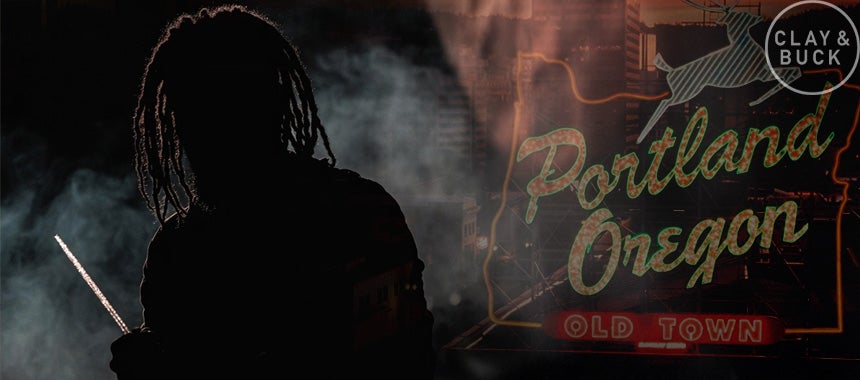
Portland Homeless Man Walks Free After Stabbing -- Jury Says Slur Was Enough
What happened to sticks and stones?
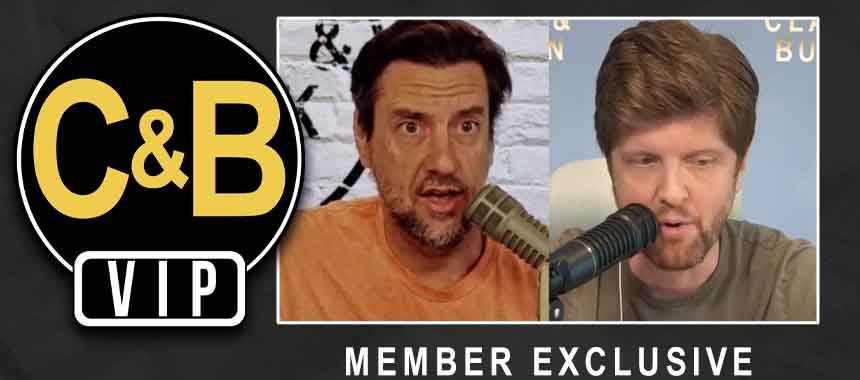
VIP Video: The Left's Narco Narrative Is Going Nowhere
Are we blowing up cocaine shipments, fentanyl shipments -- or both?
